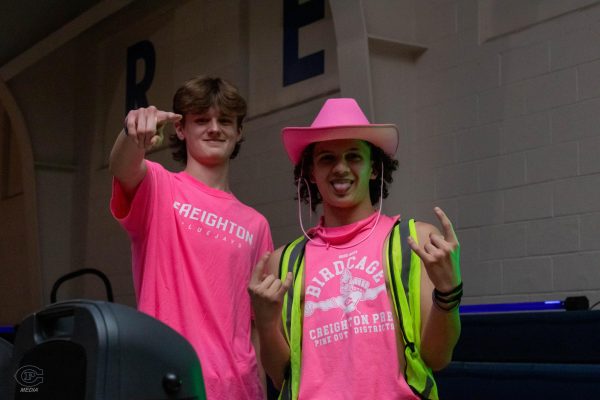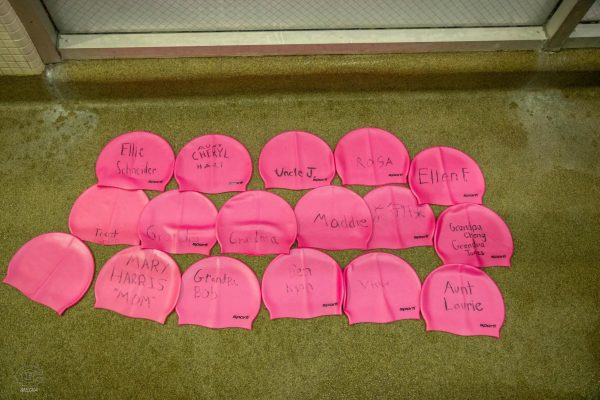Solar Eclipse Hits Omaha
August 28, 2017
Nebraska experienced the heart of a solar eclipse on August 21, dubbed the “Great American Eclipse.” Omaha experienced over 98% coverage, while towns just southwest of Omaha such as Beatrice experienced totality. The eclipse traveled across the country, occurring in the Omaha metro area around 1p.m.
The area within the zone of the total eclipse is said to be within totality. Areas of totality experience the most noticeable effects. Day turns to twilight. Animals perceive the eclipse as the start of night, prompting confused behaviors. Around the moon are noticeable streamers and flares of light and gas, varying in color. This shadowy attraction brings thousands of “eclipse chasers” from around the world to areas of totality to experience its once in a lifetime effects.
“You would assume that you’d have a solar eclipse about every month, but since the elliptical orbit is off by a little bit, you can expect an eclipse about every 18 months,” Creighton Prep chemistry teacher Mike Clark said.
Total solar eclipses are very rare, especially in Nebraska. The next American eclipse will happen in 2024, but only in states stretching from Texas to Maine. It will be hundreds of years for the Cornhusker State to experience totality again.
“It was really quite the unique experience, gathered there with all my friends,” junior Chris Lin said.
Prep allowed students to view the eclipse. The day of the eclipse featured a special schedule with an hour of free time to watch the solar show out on Jurgensen Field. Every student was given the proper protection needed to view the eclipse.
For viewing the eclipse, it was crucial to wear special glasses to block damaging rays.
“The reason why you experience pain [while normally looking into the sun] is because your pupils are constricting,” Clark said. “During an eclipse, with part of the sun covered, you can look at the sun without your pupils constricting, but your retinas will still be burned by the solar radiation.”




